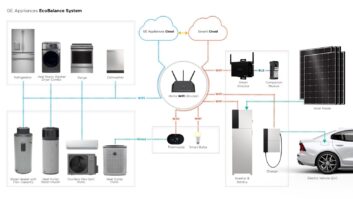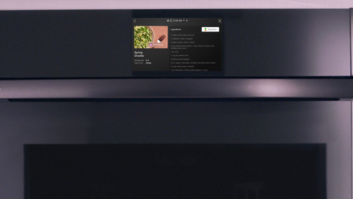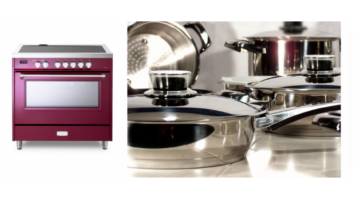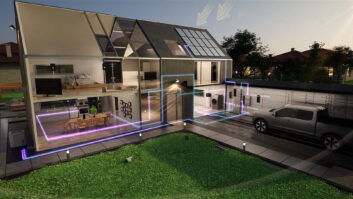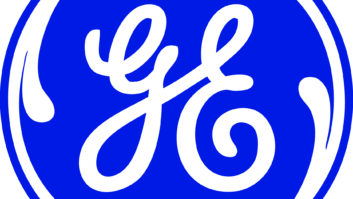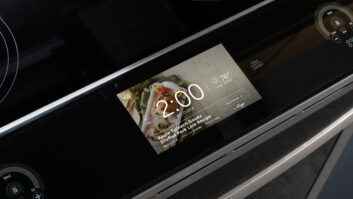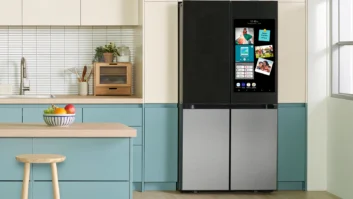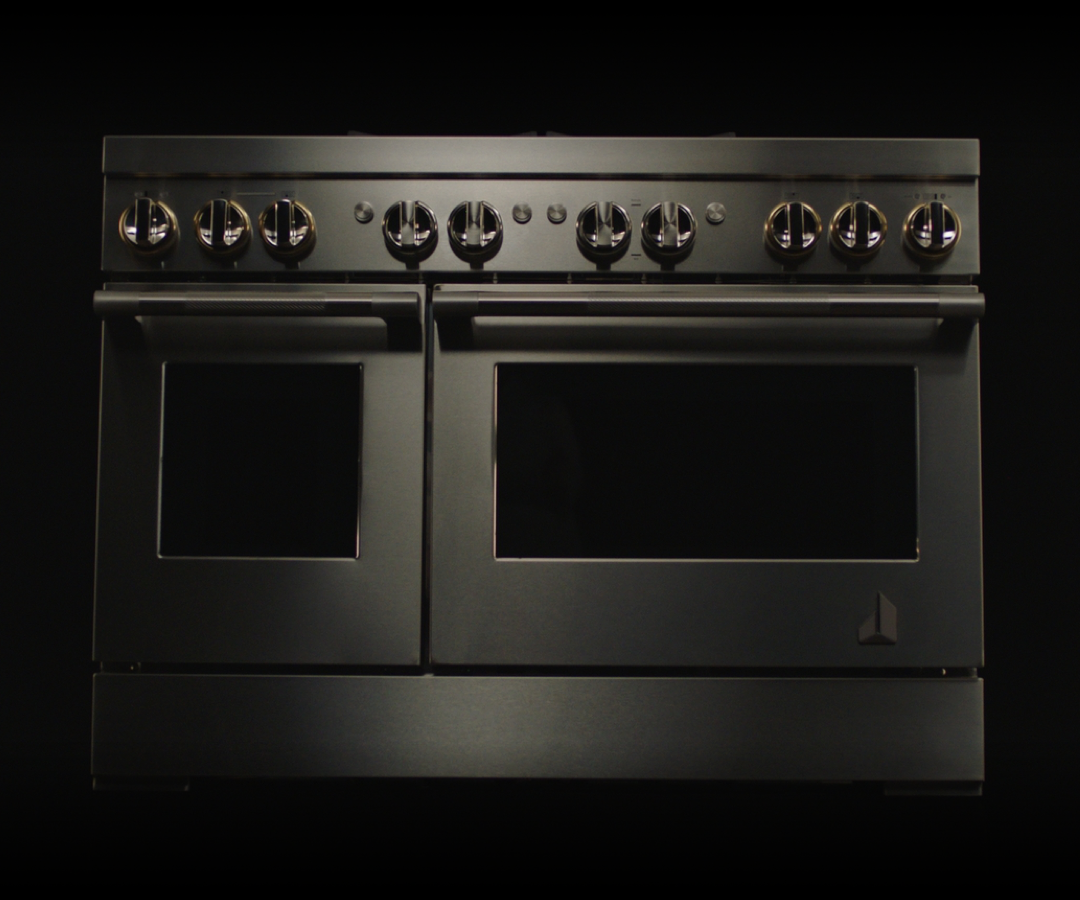
If major appliances had been a refuge from the slings and arrows of TV promotions and economic cycles, then the luxury segment was even more of a sanctuary.
Protected by restricted distribution, UMRPs (Unilateral Minimum Retail Prices) and a deep-pocketed consumer that picks their appliances with architects and designers, manufacturers, distributors and retailers of super-premium majaps seemingly had it made.
See: The Lap Of Luxury
But all’s not copacetic in the luxury tier. Eyeing those five-figure price points and rich margins, mainstream appliance manufacturers began chipping away at the estimated $3 billion market with upgraded mass-premium programs, while offshore aspirants elbowed their way into the U.S. carriage trade.
The result, industry players told TWICE, is a crowded super-premium marketplace where, strange as it may sound, pricing is under pressure and iconic luxury brands must redouble their efforts to claim the high ground amid a changing customer base.
“Everyone wants a piece of that business,” said Eddie Maloney, president of Cowboy Maloney’s Electric City — including Eddie Maloney. In 2007, the Mississippi appliance, electronics and home furnishing chain acquired Riverwood Home Appliances, a builder-channel dealer that was its entree into luxury appliances, and by 2014 the company had converted a former Viking Cooking School location into Cowboy’s Kitchens, serving up dozens of super-premium brands to builders, remodelers and designers.
See: Cowboy Maloney’s Launches New Store Format
Maloney and his brothers took their lumps during the housing market collapse in 2008, but today Cowboy’s Kitchens is thriving, and has been replicated as specialty departments within four of Cowboy Maloney’s 13 flagship stores, where the retailer offers the best of both worlds.
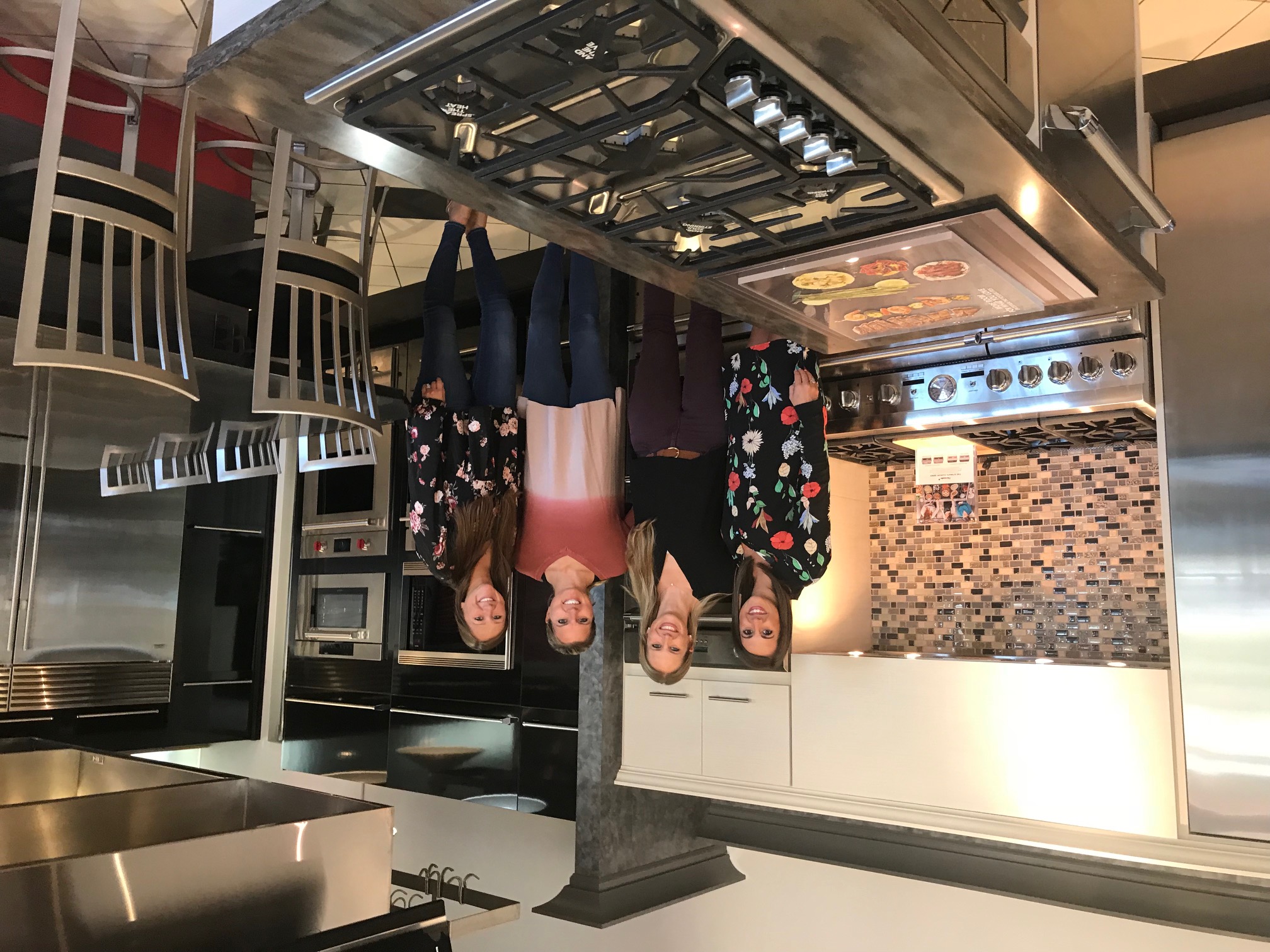
“The kitchen is the focal point of the home, and having those prestige brand names there is very important,” he told TWICE. At the same time, however, “mass-premium manufacturers are trying to get into that business with the same features for less money. They’re getting closer and closer, bringing the price per feature down some on the luxury goods, and it will become a bigger part of the business.”
That’s especially true among millennial customers, who may be less brand loyal to the iconic luxury badges that enticed their parents, and more familiar with CE nameplates like LG and Samsung that adorned their TVs and cellphones while growing up, Maloney said.
See: LG’s Signature Badge Of Pride
Marty Friedman, president and founder of luxury appliance distributor Eastern Marketing, is less concerned with mass-premium inroads than crowding within the ultra-premium tier. True luxury appliances outperform and simply “look better” than their lower-priced counterparts, he argued, although an influx of high-end contenders from Europe and Asia is putting pressure on the market.

“There’s 30 percent more [luxury] product available today than just a few years ago,” Friedman observed. “It hasn’t impacted pricing yet, but everyone wants to be in the luxury market, and they will do whatever they have to do to get it on the floor. Manufacturers need to produce volume, and they will go to the big retailers if the little ones can’t sell it.”
In response to the surfeit of brands, Eastern Marketing added yet another one: its own private-label XO line of range hoods and garbage disposers. Though seemingly counter-intuitive, Friedman said the move allows his company to control pricing and “makes it very profitable for dealers” to carry the brand.
See: Eastern Marketing Dealers Tee’d Off
But distributor Steve Terry, senior VP/COO of Almo Premium Appliances, says the luxury appliance market is being squeezed from below as well as from above, and that the pressure is already driving down prices, especially within the builder channel.

“There’s no doubt the market is becoming overcrowded,” he told TWICE. “A lot of people are chasing that top tier. Everyone is reaching up, trying to grab share, and vendors and retailers are pulling the customer down into a category that they might not normally have bought.”
Yet Terry, who came to Almo after selling Viking ranges for 20 years through its former East Coast distributor Hadco, still has faith in the power of the luxury badge. “Yes, the branding is changing, but the key brands are still there and the customer is still looking for the same things,” he said. “True luxury brands don’t feel competition from the mass-premium products; they surpass other brands in quality, worth and value, they bring a sense of superiority, and, like Mercedes-Benz and Sub-Zero, they’re here for the long term.”
Related: Almo Chills 8 More States With Liebherr Expansion
Echoing Eddie Maloney, Terry said the luxury tier was “hit very hard” during the housing market downturn of the last decade, although the super-premium category is generally more resilient than the basic white-goods business. Helping to keep it vibrant are the products’ high performance, ease of use, clean designs and full integration, which allows them “to disappear in the kitchen.”
Other factors working in luxe’s favor: There are simply a lot more wealthy people now than 20 years ago, Terry noted, and with housing prices going up and appliance price points remaining relatively flat since 2008, white-goods represent a much smaller percentage of the cost of home ownership.
Regardless, Viking Range, for one, is taking no chances. The venerable kitchen brand, which helped launch the U.S. luxury market in the 1980s with the first commercial-grade ranges for prosumers, has diversified its line to appeal to new tastes and pocketbooks.
The so-called Viking 2.0 cooking platform melds the company’s design heritage with the technological prowess of its corporate parent of five years, commercial majap giant The Middleby Corp., to spawn three recent platforms.
Its entry-level 3 Series addresses inroads by the mass-premium crowd by providing “genuine Viking performance” in a five-piece kitchen suite (French-door fridge, 30-inch range, over-the-range microwave oven, range hood and dishwasher) for less than $10,000.
At the other end of the pricing spectrum is the 7 Series, replete with commercial-grade, large-cavity convection ovens with infrared broilers and powerful tower burners, which president Kevin Brown describes as “a hyper-luxury brand.”
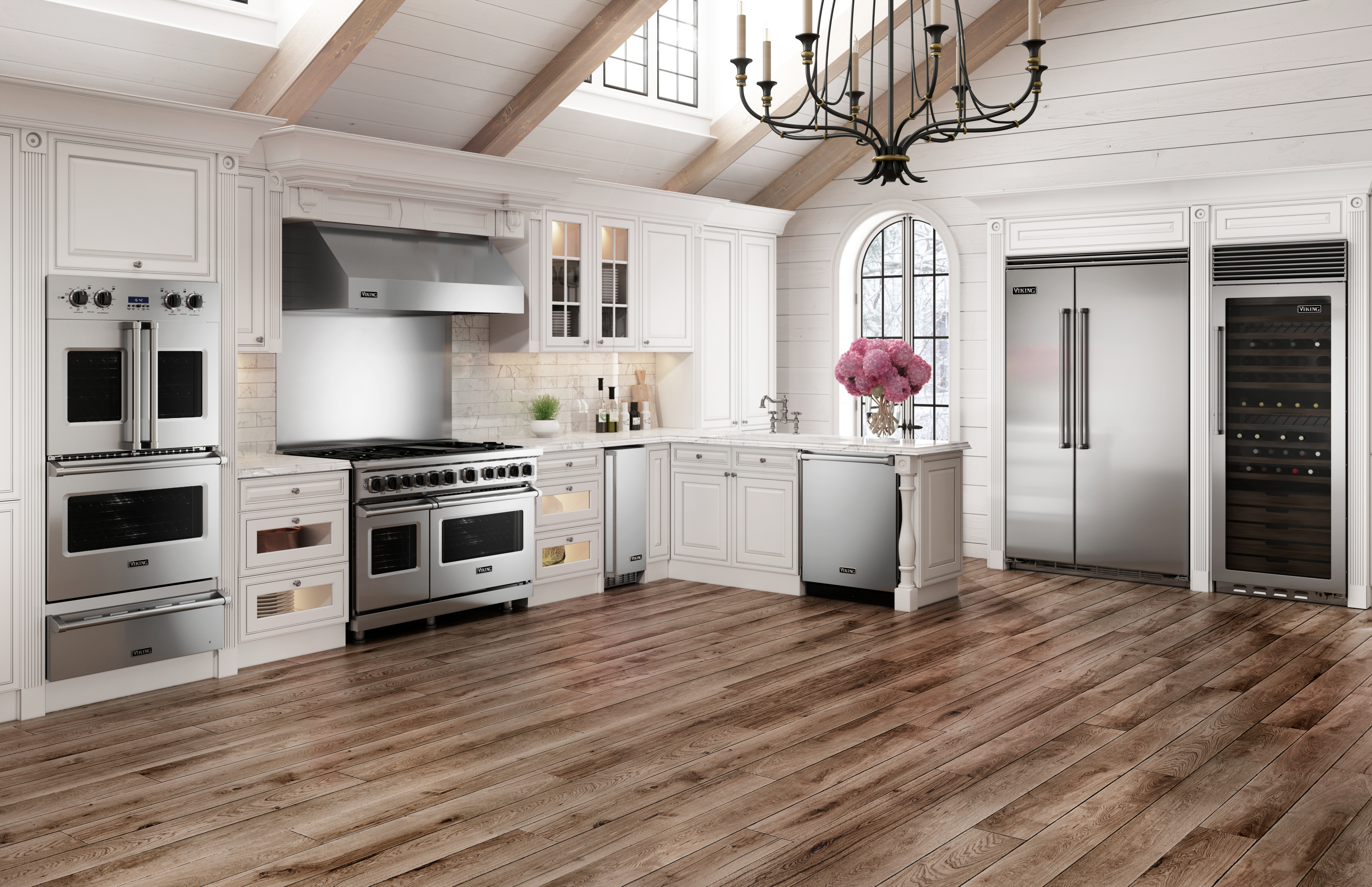
And for the modern millennial market there’s Viking Virtuoso, the company’s first optional integrated series, which combines contemporary European styling with professional features and performance.
“Luxury appliances should inspire emotion and provide the consumer with an exceptional experience,” Brown told TWICE. “Ours are aspirational and inspirational and serve as a catalyst for the home chef.”
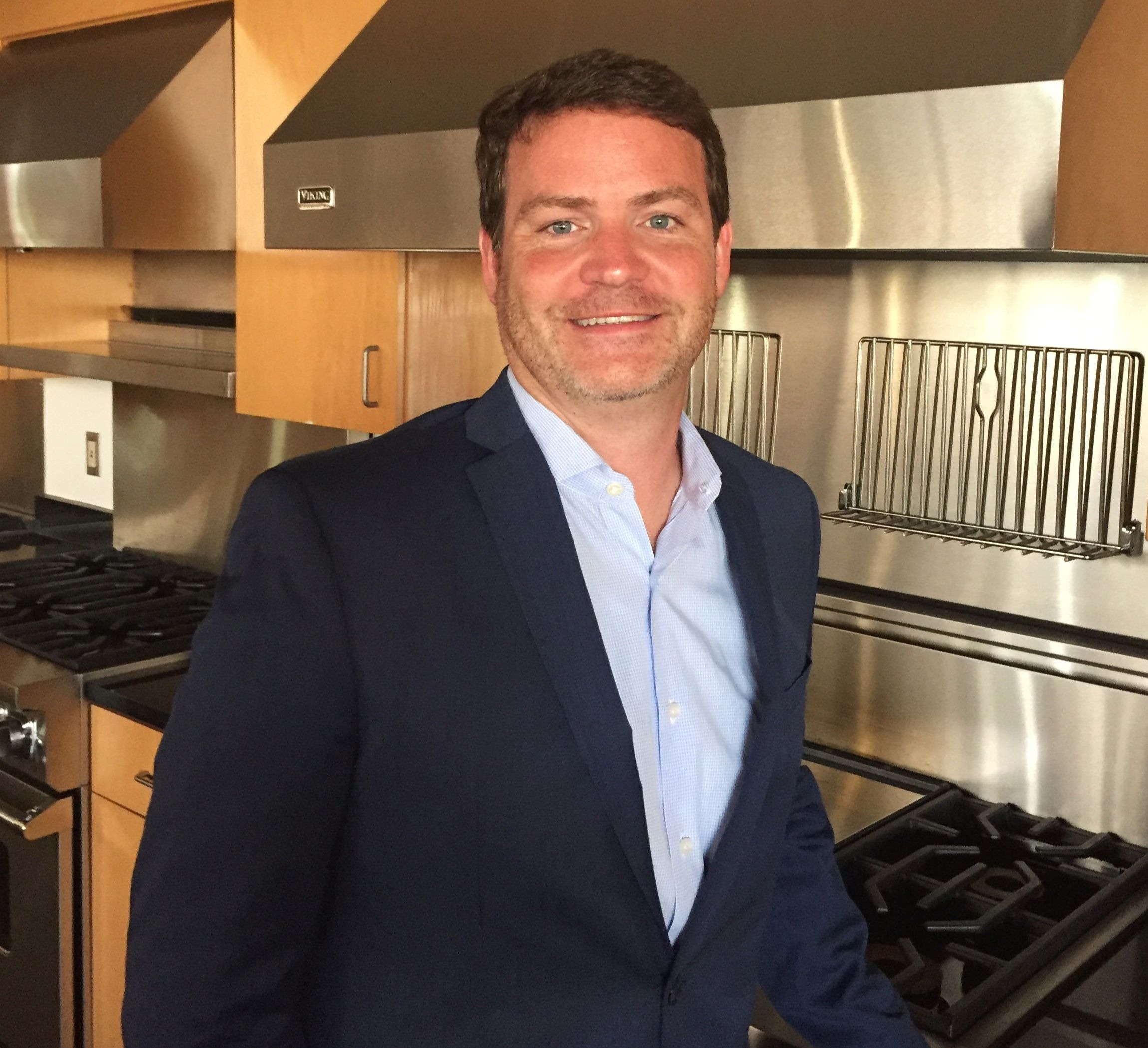
Brown acknowledges that “we’re always looking over our shoulder and making sure we’re meeting consumer needs.” But like the return of vinyl records and the timeless minimalism of Apple iPhones, he said, Viking’s “tactile and analog” design approach, as exemplified by its signature cooktops’ chunky chrome knobs, is perennially in style.
“We’ve always been a leader in a look that draws emotion, that takes your breath away,” he said.





